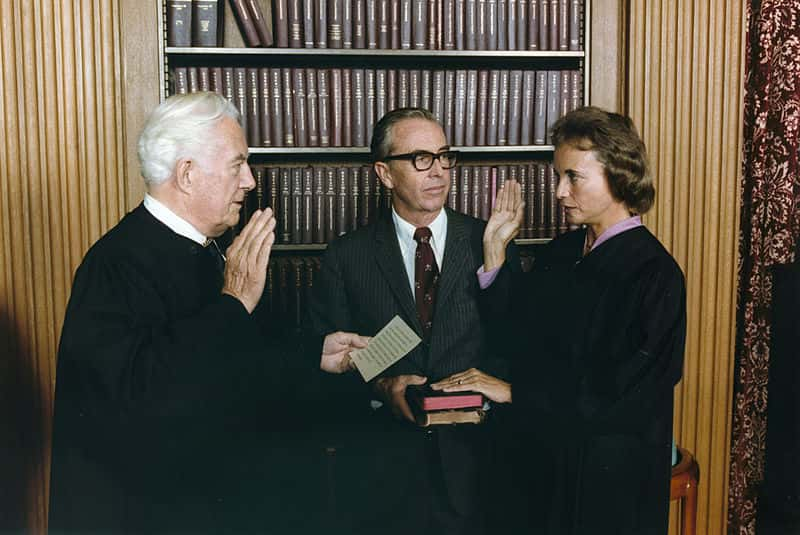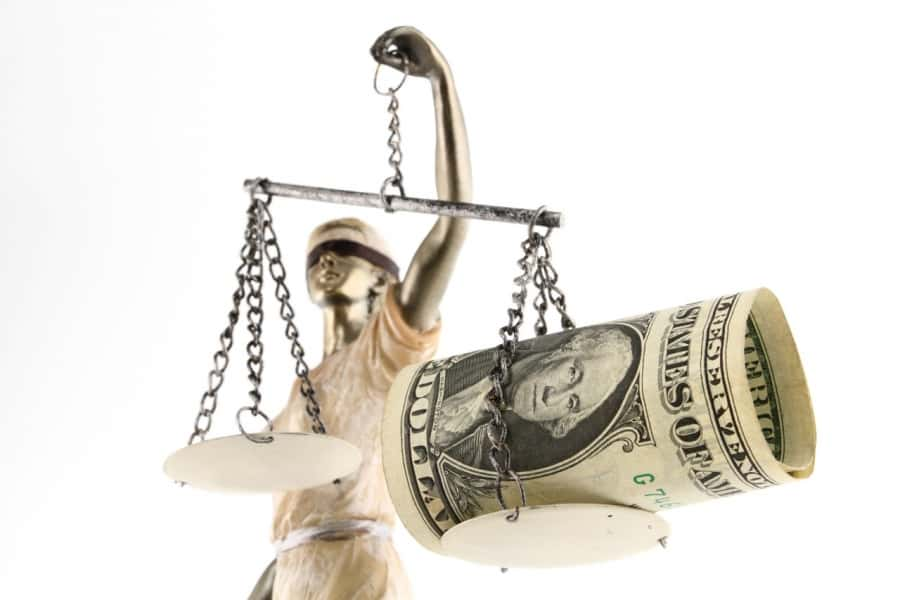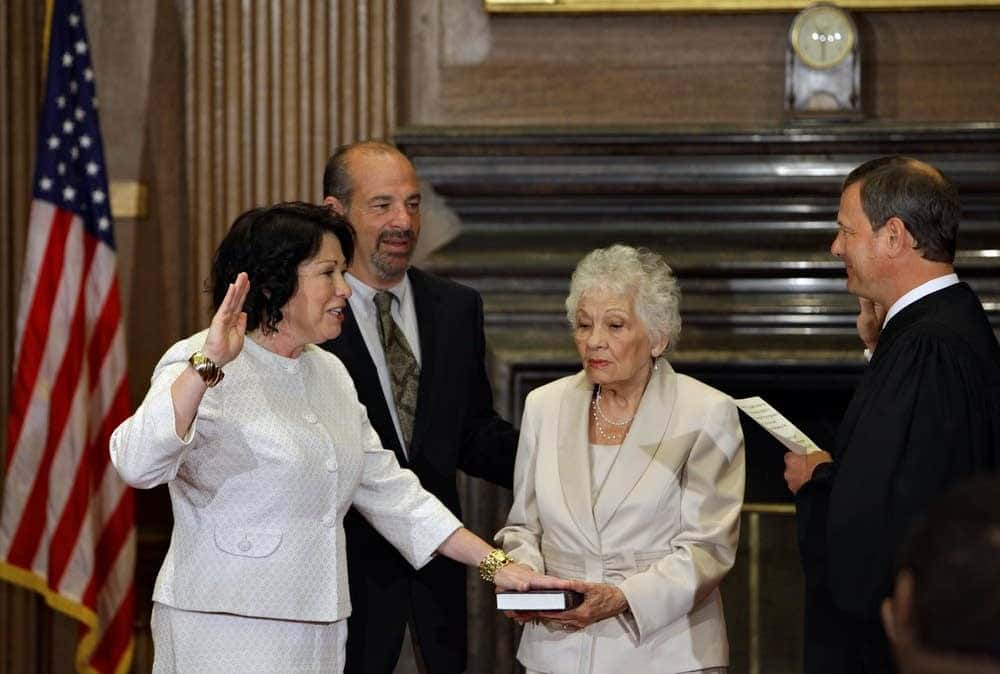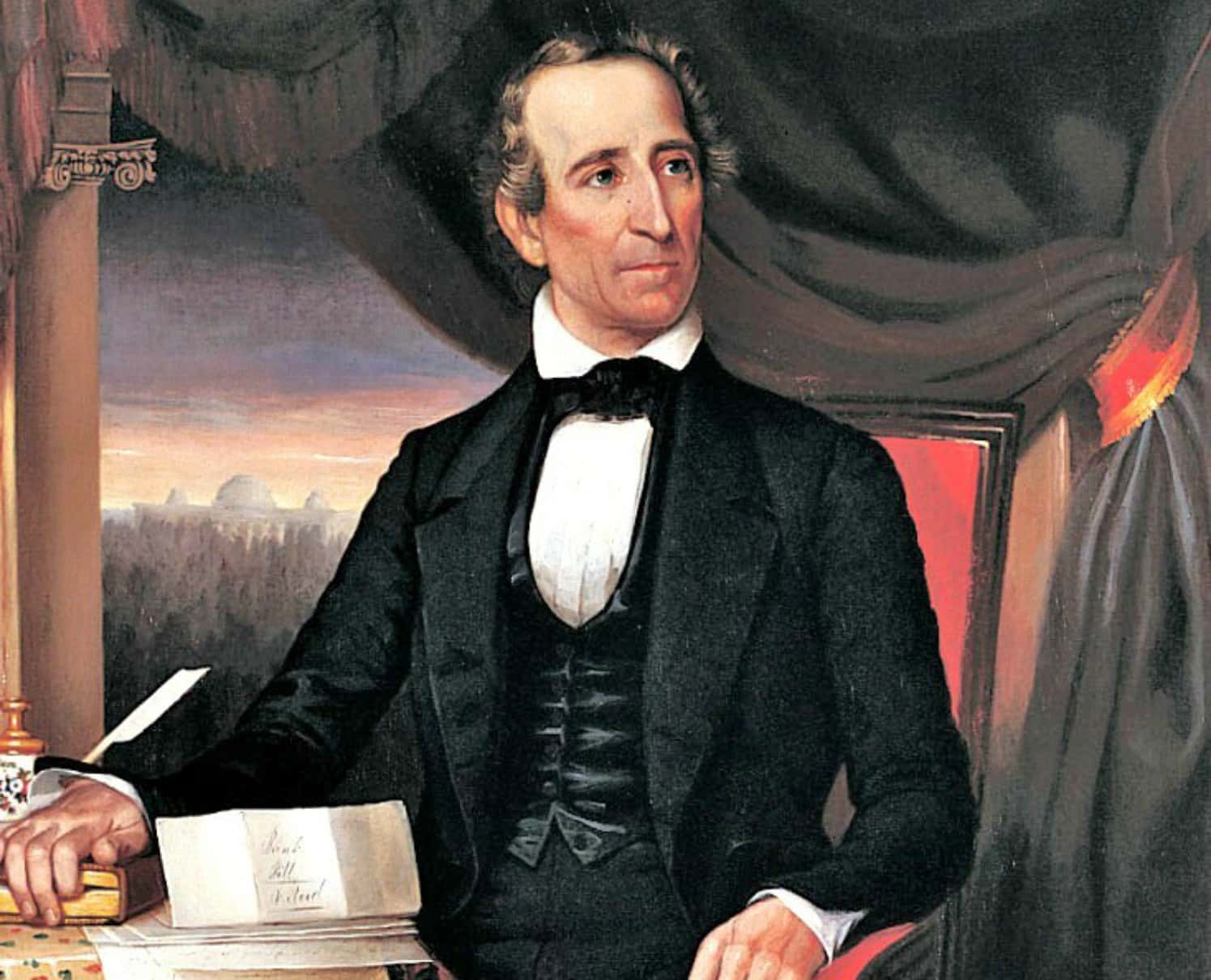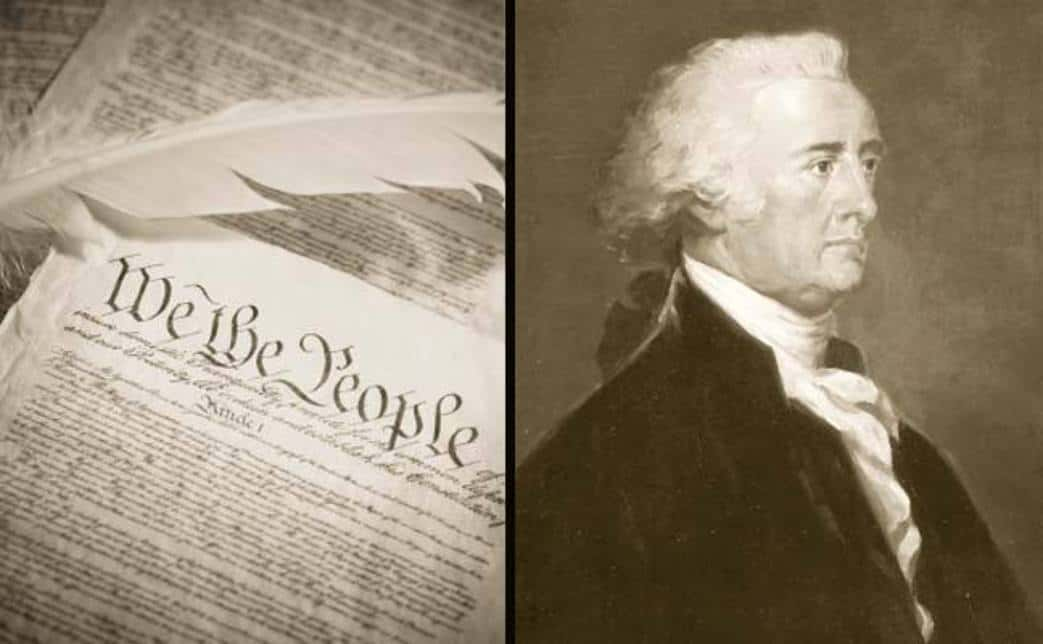The Supreme Court of the United States (AKA the SCOTUS) has loomed large in the nation’s history as the foremost court where final decisions are made which shape the country forever. These 43 facts prove just how much has changed thanks to the Supreme Court, the scandals and successes, and what kinds of people have populated this upper echelon of judges.
Supreme Court of the United States Facts
43. Climb the Ladder
Of the Supreme Court Justices and the Chief Justices that have so far served by 2018, seven of them got their start serving as clerks in the Supreme Court. These seven individuals were John G. Roberts, John Paul Stevens, Byron R. White, William H. Rehnquist, Stephen G. Breyer, Elena Kagan and Neil Gorsuch.
 ABC News
ABC News
42. Well, That’s Anti-Climactic
The first ever case brought before the Supreme Court was 1791 case of Van Staphorst v. Maryland. The subject concerned unpaid loans and the use of tobacco to try and compensate for the loan. However, the case was settled with the threat of the Supreme Court, no doubt frustrating the justices who were anxious to get their first case.
41. The Original Chief
The first Chief Justice of the SCOTUS was John Jay. Jay was one of the founding fathers of the United States, and signed the Treaty of Paris, ending the American Revolutionary War. He served in the early US government as a member of the Federalist Party. In 1789, George Washington offered him the position of Secretary of State. When he turned that down, he was offered—and accepted—the role of Chief Justice in the country’s newly formed Supreme Court. Interestingly, only four cases were ever brought before the Jay Court.
40. It was a Long Walk!
In 1791, William West and David Leonard Barnes brought a case to the Supreme Court which led to their first-ever decision in American history. Disputing a method of payment of a mortgage on West’s farm, Barnes argued that he did not accept paper payments, wanting silver or gold. West himself could not attend due to the arduous distance, so he was represented by Pennsylvania’s Attorney General, William Bradford Jr.
39. Old-Timer
The longest-serving Supreme Court Justice, as of 2018, is William O. Douglas. He was sworn into the Supreme Court at the tender age of 40, in 1939. He held his position until he resigned in 1975. He had served on the Supreme Court for 36 years and 211 days.
38. An Honored Guest
The first US President being recorded as a witness to the swearing-in of a Court Justice was in 1940. President F. D. Roosevelt offered the White House as the location for Frank Murphy to take his Constitutional Oath. It was conducted by Stanley F. Reed, another Roosevelt nominee.

37. Political Decisions
Throughout the history of the Supreme Court, when a vacancy appears, the President of the United States will use nominate someone who shares important political beliefs. This serves as a lasting impact by presidents beyond their own terms.
36. Don’t Bite the Hand That Feeds You
When Salmon P. Chase was nominated by Abraham Lincoln to replace Chief Justice Taney in 1864, he was accepted that very same day. Chase was considered an ideal choice, as the US was in the grips of the Civil War and Chase was famously anti-slavery. However, he was also very ambitious, and he pursued the Presidential nomination twice while he was in office! He lost both times and continued as Chief Justice until his death in 1873.

35. Scratch That Off the Bucket List!
Antonin Scalia holds the distinction of being the first Court Justice to take oaths from multiple Chief Justices. Before he retired, Chief Justice Warren Burger administered the Constitutional Oath to both Scalia and his successor, William H. Rehnquist. Rehnquist administered Scalia’s judicial oath that same day.

Sign up to our newsletter.
History’s most fascinating stories and darkest secrets, delivered to your inbox daily. Making distraction rewarding since 2017.
34. Not THAT Kind of Representation!!!
Sadly, a member of the Ku Klux Klan has served as a Supreme Court Justice. The somewhat ironically named Hugo Black was not only a recognized KKK member, but he even swore in new members. He was also vocally opposed to giving black people the “special right” of voting. In a case of supreme irony (pun intended), Black was the man who administered the Constitutional Oath to Thurgood Marshall, the Supreme Court’s first black Court Justice.
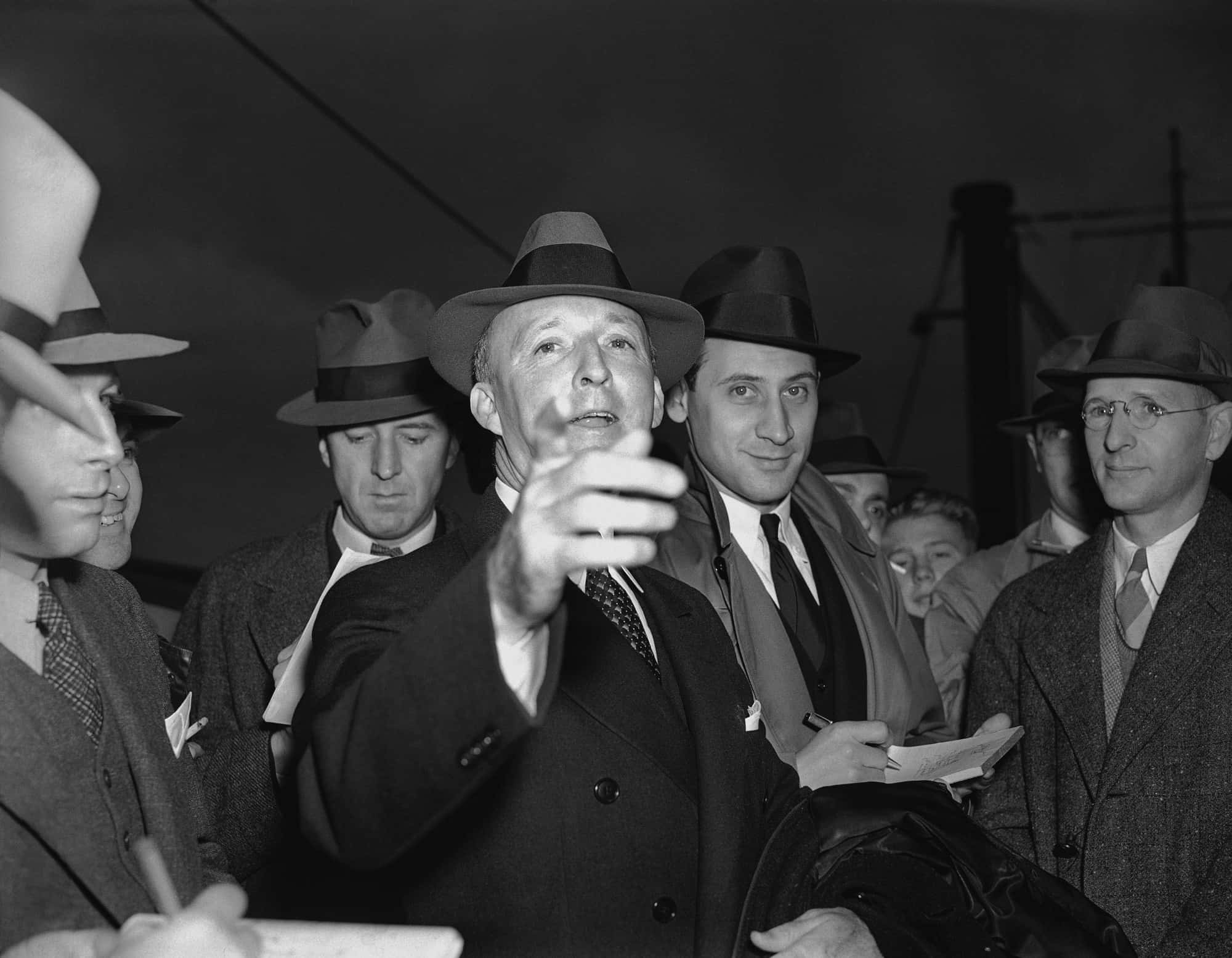 Timeline
Timeline
33. World of Irony
The wholesale rejection by the Senate left Rutledge shattered. On the first of June, 1796, Rutledge threw himself into the waters of Charleston Harbor in a suicide attempt. He was seen by two slaves who saved his life. They might have felt a bit different if they’d know how Rutledge was not only a southern slave-owning gentleman, but he had defended slave-owners in court multiple times during his law career.
32. Work Yourself to Death?
There’s been a notable shift in the ways that members of the SCOTUS leave their positions. From its founding to 1900, 38 of the 57 Justices died while they were still in office. After 1900, the number of those who retired shot up to 39 out of 46.
31. Mazel Tov
The first Jewish Supreme Court Justice was Louis J. Brandeis, nominated by President Woodrow Wilson in 1916. He was joined in 1932 by the second Jewish SCOTUS Justice, Benjamin Cardozo. The idea of two Jewish people serving in the SCOTUS raised a controversy during its time, especially given the rise of fascism in the United States at the time. Brandeis would serve until 1939, seven months before World War II was declared.

30. Schwarzenegger Might Have a Chance!
Throughout the history of the SCOTUS, only six Justices were not born in the US Of those six, only two of those were not born in the British Isles. These two exceptions are David Brewer (born to American missionaries in the former Ottoman Empire, now Turkey) and Felix Frankfurter (born in Vienna, Austria). With a name like that, where else would he have been born?

29. We’re Still Waiting for Our Turn
As of 2018, there has never been a person of Native, Asian, or Pacific Islander heritage who has been sworn into the Supreme Court. The only time that a representative of these ethnic groups was even nominated by the president was during George W. Bush and Barack Obama’s terms. There has also never been a Justice of the Supreme Court who identifies as something other than heterosexual.
28. Impressive Resume
William Howard Taft holds the distinction of being the only person ever to serve as both a US President and also a Supreme Court Justice—obviously not at the same time, though. He served as the latter from 1921 until his death in 1930.
Wax figure of President William Taft
27. Marshall Law
After gaining a reputation as a Civil Rights activist and a prominent lawyer, Thurgood Marshall became the first African-American Supreme Court Justice when he was nominated by President Lyndon B. Johnson in 1967. He served until 1991 when he was replaced by another African-American, Clarence Thomas.
26. So Where are We Staying?
Despite being the highest-ranking court in the United States’ legal system, the Supreme Court did not have its own building until 1935. For anyone not sure, that is a full 146 years after it was formed!
25. Papist Representation
Nominated by Andrew Jackson in 1836, Roger Taney became the fifth Chief Justice of the SCOTUS. What made Taney a first to the Supreme Court was that he was its first Catholic.
24. Table for How Many, Again?
Surprisingly, the United States Constitution does not have a set number of Supreme Court Justices. The Judiciary Act of 1789 specified that the number be six, though the number went up as the number of judicial circuits expanded with the US’s size. By 1863, ten people sat on the Supreme Court, its highest amount, and by 1869 it was reduced to nine, as it still is to this day.
23. Judge for Hire
It’s safe to say that the year of 1969 was a bad one for Court Justice Abe Fortas. That was the year it was discovered that he had accepted a payment of $20,000 a year for the rest of his life by the foundation headed by Wall Street financier Louis Wolfson in exchange for unspecified advice. Fortas was persuaded to resign that same year to avoid a lengthy impeachment process.
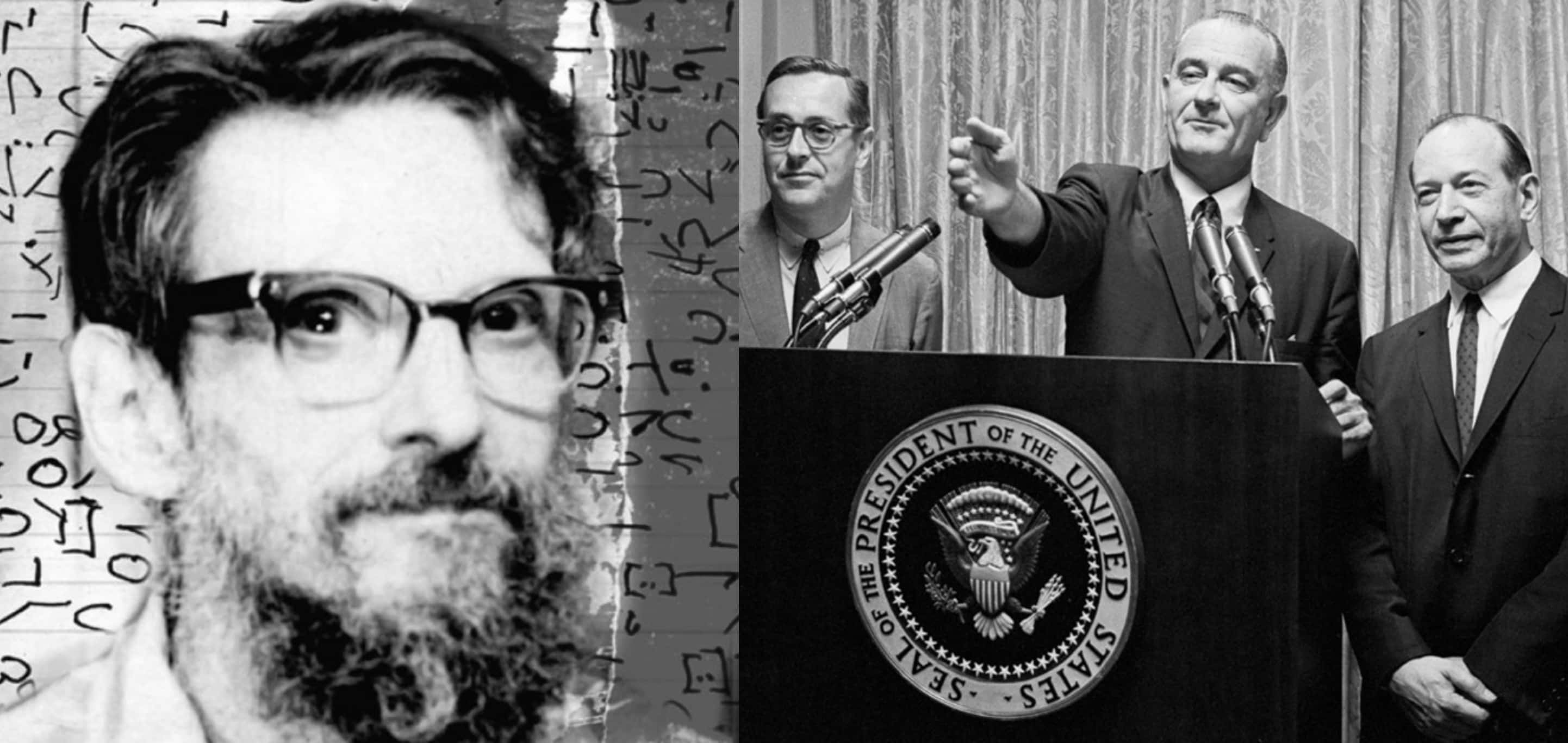
22. Don’t Care for the Attire?
The reason that SCOTUS Justices don’t wear wigs like English judges still do is because of Thomas Jefferson. The man was so disgusted by them, in fact, that when he saw one of the Justices wearing a wig in 1790, he verbally admonished the man, comparing him to a rat peaking through a bundle of caulking rope. The fashion trend died an immediate death within the SCOTUS.
21. It Only Took Nearly Two Centuries
In 1981, Ronald Reagan nominated Sandra Day O’Connor to become the first woman to serve as a Justice in the SCOTUS. She was confirmed unanimously and served on the Supreme Court until 2006. She also became the first woman to present the Oath of Office to a Vice President when she swore in Dan Quayle in 1989.
20. Religious Representation
The overwhelming majority of SCOTUS Justices have been Protestant Christians. Regarding the remainder, eight Justices have identified as Jewish, and 13 identified as Roman Catholic. There has never been a Muslim, Hindu, Buddhist, Mormon, Sikh, or atheist Justice.

19. But I Wanna Nominate a Judge!
Since the Justices can serve for life, the opportunity to replace them with new Justices isn’t always a possibility for US Presidents. In fact, four of them never got the chance to put forward a nominee for the SCOTUS. William Henry Harrison and Zachary Taylor died before they could do so. Andrew Johnson and Jimmy Carter both completed their terms without getting the chance, which no doubt made for embarrassing moments at the Former Presidents Clubhouse Meetings.

18. Nice Payday
As of 2017, a Supreme Court Justice makes $251,800 per year, while the Chief Justice earns $260,300. Not only that, it is illegal for a Justice’s pension to be a lower amount than the salary they received at the time of their retirement. This has led to several criticisms of the Supreme Court over the years, but the law has not changed.
17. Let’s Take This to Court! Wait…
When Clarence Thomas was being considered to fill the latest vacancy on the Supreme Court, an attorney and law professor named Anita Hill accused him of sexually harassing her. Thomas denied the accusations, and Hill was ruthlessly questioned when she testified at a Senate hearing. Eventually, it was decided that there was not enough proof substantiate Hill’s claims, and Thomas was accepted into the Supreme Court by a narrow margin.
16. A Bad Work Relationship
In the late 19th century, renowned silver millionaire William Sharon’s wife, Sarah, attempted to obtain a divorce and alimony from Sharon. When Sharon argued that they had never been married in the first place, and Sarah had no proof to contradict him. Sarah lost her case, and in a bizarre twist, ended up marrying Supreme Court Justice David Terry. Terry took it very personally that his fellow Justice, Steven J. Field, had voted against Sarah’s case. In 1889, Terry attacked Field on a train, only for Field’s bodyguard, US Marshal David Neagle, to shoot Terry and kill him. In a final twist, Neagle was arrested for murder and his case ended up in front of the Supreme Court in what had to have been the most awkward court case of all American history.
15. My Face! Look at My Face!!
Two Supreme Court Justices have found their way onto US currencies. John Marshall’s face was on the $500 bill, and Salmon P. Chase was on the $10,000 bill. Neither one of the bills is currently in circulation, though we can only imagine how many items Chase bought that were worth $10,000 just so he could spend the money with his name on it.
 You tube
You tube
14. Promotion for a Wannabe President
While W. H. Taft is the only man to have served as President and SCOTUS Justice, one Presidential candidate also has that honor. Charles Evan Hughes ran fiercely against Woodrow Wilson in 1916, resigning from Supreme Court to challenge the incumbent President. When he lost, Hughes returned to his old job as a Chief Justice instead, replacing Taft.
13. Latin-American Representation
The first Hispanic Court Justice was Sonia Sotomayor, who was sworn into the Supreme Court in 2009. She also became a double first for being the first Court Justice whose swearing-in was broadcast live on television.
12. Keep it in the Family
A man and his grandson have both served on the Supreme Court. Conveniently, they also shared the same name. John Marshall Harlan served from 1877-1911, while John Marshall Harlan II served from 1955-1971.

11. Sorry, You Didn’t Make the Cut
If a person wants to become a Justice, they have to be nominated by the President and confirmed by the Senate. If the Senate rejects the President’s nomination, or if the President withdraws the nomination, it’s goodbye to those aspirations. So, while 153 people have been nominated to the Supreme Court, thirty other people were unsuccessful in getting onto the SCOTUS.
10. Heavy Workload
Per term, there are 10,000 cases on the Supreme Court’s docket. Unfortunately for most people waiting for an opinion, the SCOTUS only manages to deliver verdicts on about 80 to 90 of them.
9. Good Old Warren
The Supreme Court under Justice Earl Warren is regarded as one of the most important periods of time in the history of the SCOTUS. Among the many rulings they made, the Warren Court ruled that schools must be desegregated (Brown v. Board of Education), anyone arrested must have their Miranda Rights read to them (Miranda v. Arizona), and that mandatory prayer in school would be eliminated (Engel v. Vitale). In Griswold v. Connecticut, they affirmed a constitutional right to privacy, which would later be crucial in the landmark Roe v. Wade case—which took place shortly after Warren’s retirement—regarding abortion rights.

8. Pull Yourself Together, Tyler!
President John Tyler suffered from extreme unpopularity in the Senate, and so when he tried to nominate people to the Supreme Court, he was met a lot of opposition. A record four of his nominees were either withdrawn as options or else rejected by the Senate.
7. State Representation
Of the 50 states which make up the US, 19 of them have never produced a Justice of the SCOTUS. These states are Delaware, Rhode Island, Wisconsin, Hawaii, Vermont, Arkansas, Florida, Nevada, West Virginia, Nebraska, South Dakota, North Dakota, Montana, Washington, Alaska, New Mexico, Oklahoma, Oregon, and Idaho.
6. Get a New Guy in!
When Antonin Scalia died in 2016, Barack Obama presented Merrick Garland to replace Scalia. This was still within his power to do, but the Republican-controlled Senate refused to let Obama choose a replacement for Scalia, who had been the most conservative member of the Supreme Court. The Republicans didn’t want Obama to pick someone who would swing the Supreme Court to a more liberal stance. Garland’s nomination was placed in front of the Senate for 293 days—setting a new record—before it expired. Donald Trump proceeded to successfully nominate Neil Gorsuch instead.

5. Movie Day
Supreme Court Justice John Marshall Harlan II allegedly organized private screenings of pornography in the basement of the Supreme Court. The reason given was to decide what was or wasn’t obscene. Harlan II was, however, noted to be a bit more than slightly enthusiastic about these screenings, providing his colleagues with the weekly schedules.

4. Terrifying Laws
Sometimes old-timey laws that the Supreme Court of old passed are seen as shocking in modern times. One such case is that of Buck v. Bell in 1927. When 17-year-old Carrie Buck was impregnated due to a sexual assault, she was institutionalized and ordered to be sterilized. People testified that she was feeble-minded and promiscuous, and pointed to her mother, who had a history of prostitution. The Supreme Court ruled in favor of compulsory sterilization to prevent unfavorable genetics from being passed on to future generations. The scariest part is that the law was never overturned. At least 65,000 people, mostly aboriginal or African-Americans, were sterilized after 1945, and the law had to be challenged as late as 2012.
3. A Biased Source?
Bob Woodward’s 1979 book The Brethren caused a scandal when it was released. It depicted the Supreme Court under Warren Burger as being full of utter imbeciles behind the scenes. The strange exception to this negative portrayal was Court Justice Potter Stewart. To the surprise of nobody, Stewart would retire shortly afterward. Woodward confirmed that Stewart had been his main source of information after Stewart’s death.

2. A Popular Guy
James Clark McReynolds was known for his shocking views. Not only did he call black people “ignorant” and “superstitious,” not only did he complain that God had given up on Hebrews after trying to make something of them for 4,000 years, he stood up and left the bench upon the arrival of a female attorney before the Supreme Court. He became so hated that not a single other member of the SCOTUS attended McReynolds’ funeral. Can you blame them?
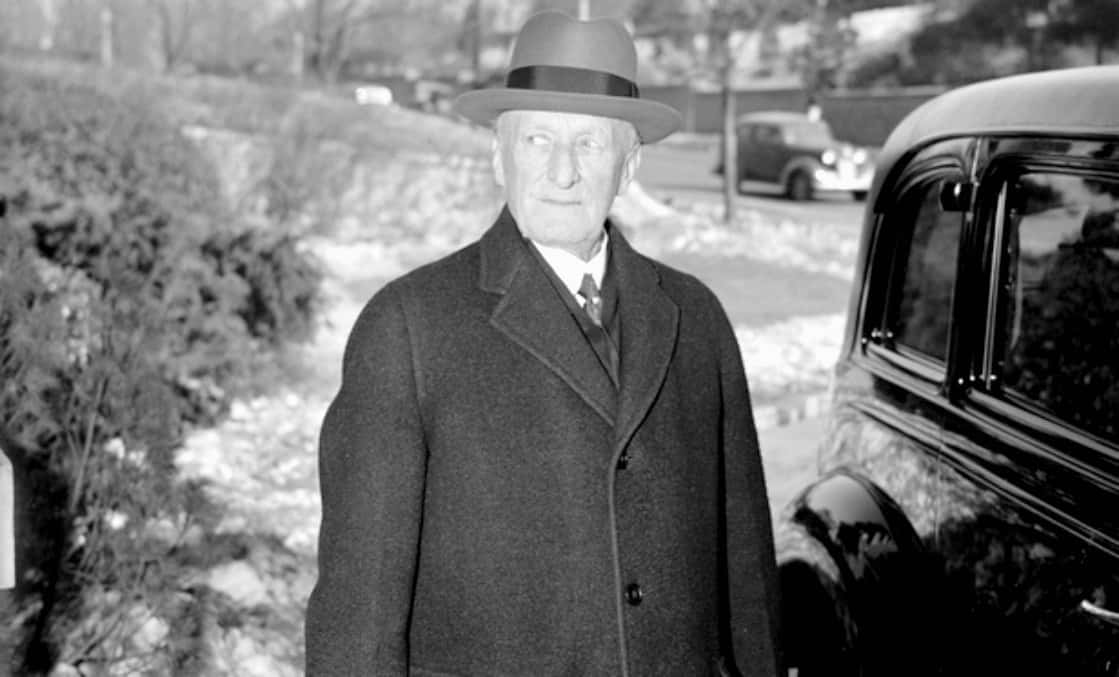 Law
Law
1. Blink and You’ll Miss Him
John Rutledge was the first Governor of South Carolina, and quickly made a reputation for himself as a very high-minded elitist. When John Jay resigned from the Supreme Court in 1795, Rutledge was selected by Washington to replace him—the Senate wasn’t in session at the time. However, his outspoken opinions destroyed his reputation in Washington, so by the time his formal nomination took effect, he was unanimously rejected. It was not only the shortest tenure length of a Chief Justice—138 days—it was also the first and only time that a Supreme Court Justice was involuntarily kicked out by the Senate.
Sources: 1, 2, 3, 4, 5, 6, 7, 8, 9, 10, 11, 12, 13, 14, 15, 16, 17, 18, 19, 20, 21, 22, 23, 24, 25, 26, 27, 28, 29, 30

















